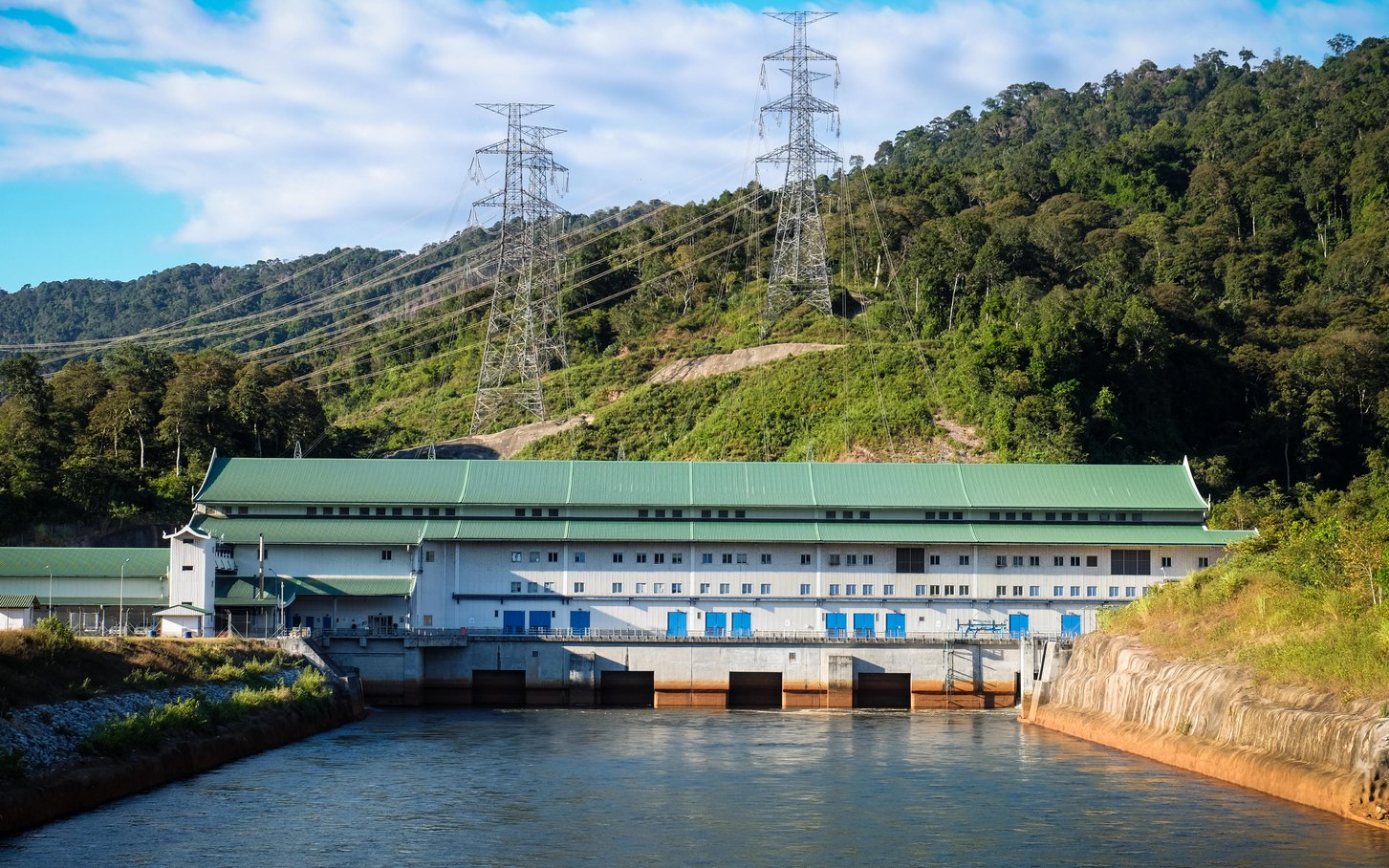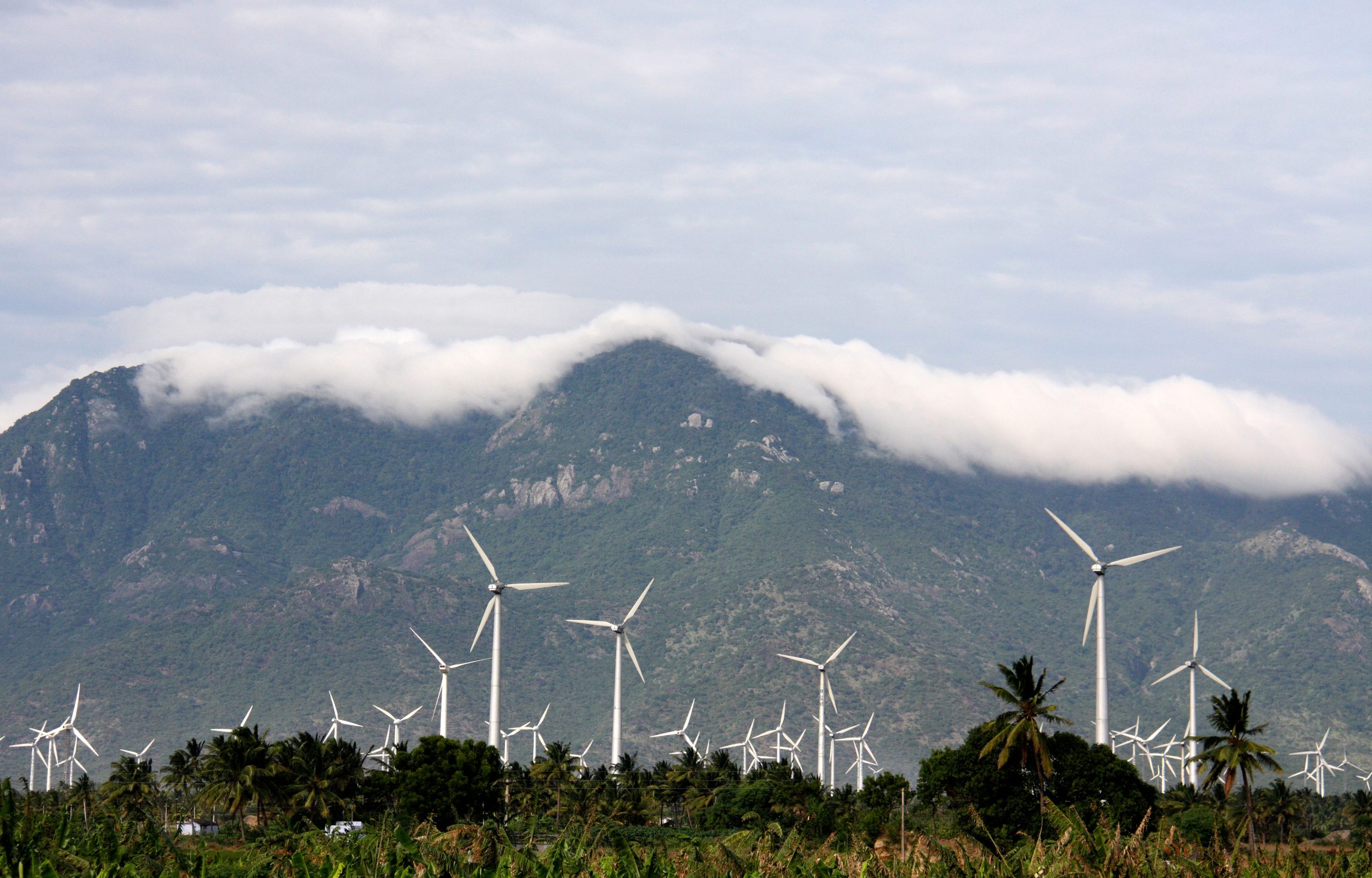
ASEAN’s clean power pathways: 2024 insights
Growing electricity demand and reliance on fossil fuels in ASEAN continue to hinder climate goals and economic opportunities. Solar, wind and batteries, supported by international cooperation and grid interconnection, offer the best solutions.
Table of Contents
Highlights
Executive summary
ASEAN is the next growth powerhouse – will renewable energy lead the charge?
ASEAN countries have ambitious economic growth targets, whilst transitioning away from coal and seeking suitable renewables solutions.
ASEAN economic growth remains strong and resilient, driven by domestic and global demand. Ongoing industrialisation, electrification and digitalisation are expected to drive greater electricity demand, putting more pressure on a region traditionally dependent on fossil fuels. Demand is set to increase even further, up to 41% by 2030 from 2023 level.
If ASEAN continues its energy transition at the current pace, it risks missing out on the opportunities provided by the declining costs of wind and solar, now cheaper than fossil fuels.
Between 2018 and 2022, 38 GW of renewable energy capacity was added, with about 44% coming from solar capacity growth in Viet Nam. However, replicating this success is challenging due to curtailment risks and grid constraints, leading to governments taking a more cautious approach and slowing down the shift away from fossil fuels.
Current plans indicate that much of the rising electricity demand will be met by fossil fuels, potentially increasing import dependence for some countries, as seen with Singapore and Malaysia’s reliance on gas. In other countries like Indonesia, maintaining coal dependency risks undermining their potential contribution to climate targets.
In light of the droughts and changing climatic conditions in 2023, hydro is becoming less reliable for the energy transition. Bioenergy, often seen by the government as the most promising solution for energy security and economic development, particularly for farmers, faces challenges such as seasonality, unpredictability, limited maximum quantity and food versus fuel allocations, making it an expensive energy source in ASEAN.
Wind, solar and batteries offer a promising way forward, as seen in other countries. Moreover, a levelized cost of electricity (LCOE) and auction prices confirm that solar is amongst the cheapest energy sources for electricity generation.
Key takeaways
ASEAN electricity demand grew by 3.6% in 2023, entirely met by fossil fuels
Between 2022 and 2023, ASEAN electricity demand grew by 45 TWh that was entirely met by fossil fuels. Without rapid scaling of energy efficiency solutions and low-carbon electricity sources in the coming years, emissions could rise significantly, especially as electricity demand is projected to grow by about 7.3% annually through 2030.
Solar and hydro are the main drivers of transition; however, hydro generation declined by 21 TWh between 2022 and 2023
Hydropower generation in 2023 decreased by 21 TWh from 2022 levels, despite an additional installed capacity of 0.5 GW. The impacts of climate change, including droughts, may further undermine hydro reliability for clean energy generation. At the same time, solar generation only increased by 2.7 TWh, demonstrating the need to boost renewables.
Solar, hydro and geothermal are the cheapest options for new generation
Bioenergy remains the most expensive option compared to other renewable sources in ASEAN. In Indonesia, Malaysia and Thailand, its LCOE ranged between $59-98 USD per MWh, while coal was nearly $60 USD per MWh across countries. Gas costs $42-43 USD per MWh in Malaysia, Singapore and Thailand. In comparison, hydro was around $25 USD per MWh in Lao PDR, and solar between $44-50 USD per MWh in Viet Nam and Thailand. Wind costs $43-73 USD per MWh in the Philippines, Thailand and Viet Nam.
Solar and wind’s compatibility in ASEAN may be the driver for renewables growth
Across Southeast Asia, spatial and temporal analyses demonstrate that wind and solar power generation complement each other during different months. This presents opportunities for securing power through interconnections, enhancing mutually beneficial relationships among countries with renewables potential and market opportunities. Scaling up solar use is important, as its reliability often surpasses that of wind (such as onshore wind) in some parts of the region.
Across the region, solar and wind have interesting complementarities, showing that ASEAN can ease its collective energy transition journey through cooperation and interconnection.
Other policy options for governments are available to boost clean energy use in the power sector, the end-use sector (industrial) and the wider landscape, including direct renewable power purchases, fast-tracking rooftop solar and creating green jobs.
Direct power purchase agreements are essential for unlocking wider cross-border electricity trading in ASEAN and creating new opportunities to spur the growth of green industries in Indonesia.
Governments in Viet Nam, the Philippines, Thailand and Indonesia have implemented strategic policies to boost rooftop solar deployment. These include Viet Nam’s pilot scheme for selling excess solar power, Thailand’s relaxed permit requirements and tax incentives, the Philippines’ push of peer-to-peer trading and large renewable energy projects, and Indonesia’s regulation setting annual quotas for rooftop solar installations.
Green job policies create employment opportunities in renewable energy sectors, stimulating economic growth while helping to offset job losses in fossil fuel industries.
Related Content







